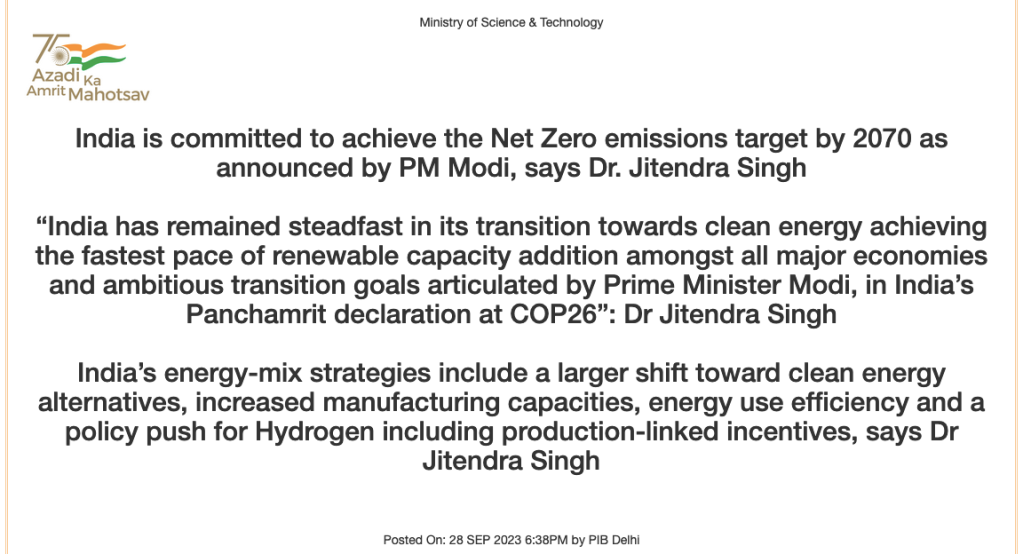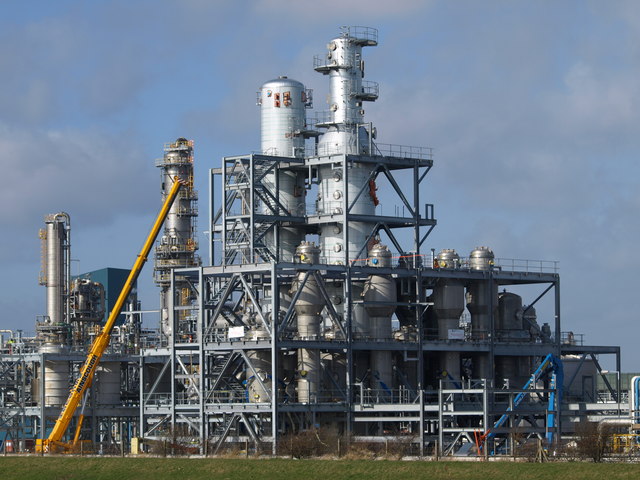Recently in India, we came across an important milestone for the petrochemical industry

The approach of Ethanol blending in gasoline is a tested method to reduce carbon emissions and reliance on fossil fuels.
This is inline with the India’s commitment to be ‘Net-Zero’ by the year 2070.

Despite seeming relatively benign, ethanol has challenges linked to raw material production and subsequent blending:
Raw Material Linked Challenges for Ethanol
The raw material used for making ethanol can be grains, corn, sugarcane. All the raw materials are water intensive and also take substantive portion of farm land.
For example: Corn used for ethanol in the U.S. can require up to 785 gallons of water per gallon of ethanol, leading to significant strain on the water resources.
Blending Linked Challenges for Ethanol
- Impact on the Vehicle: Ethanol can be corrosive, especially to older car engines not designed for high ethanol content. It can lead to increased wear and tear, potentially reducing engine lifespan and increasing maintenance costs.
- Impact on the Automobile Industry: Automakers need to adapt by designing engines compatible with higher ethanol blends, which involves research and development costs. This could lead to higher vehicle prices and affect market dynamics.
- Impact on Air Quality: Blended Gasoline can also lead to emission of pollutants like acetaldehyde and ozone
- Impact on Efficiency: Despite Ethanol being cheaper than gasoline, the cost savings come at the cost of reduced fuel efficiency as calorific value of ethanol is less than gasoline. This leads to higher volume usage for traveling the same distance
In conclusion, while ethanol blending offers potential benefits, it also presents substantial challenges that need careful consideration by users, investors, and policymakers in the petroleum and automobile sectors.

Balancing environmental goals with economic and practical implications is crucial for sustainable progress.
Hope this helps
Follow me for topics on Investing Geopolitics Technology and Astrology
God Bless!


This blog has really good content ranging from many varied fields. Amazing work Mr. Rao 👏
LikeLiked by 1 person